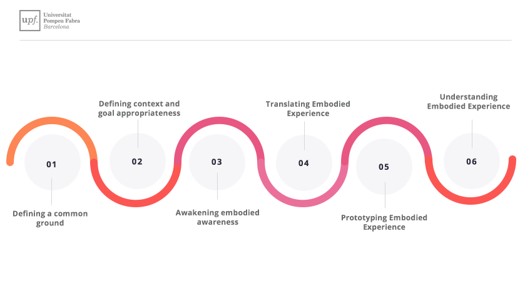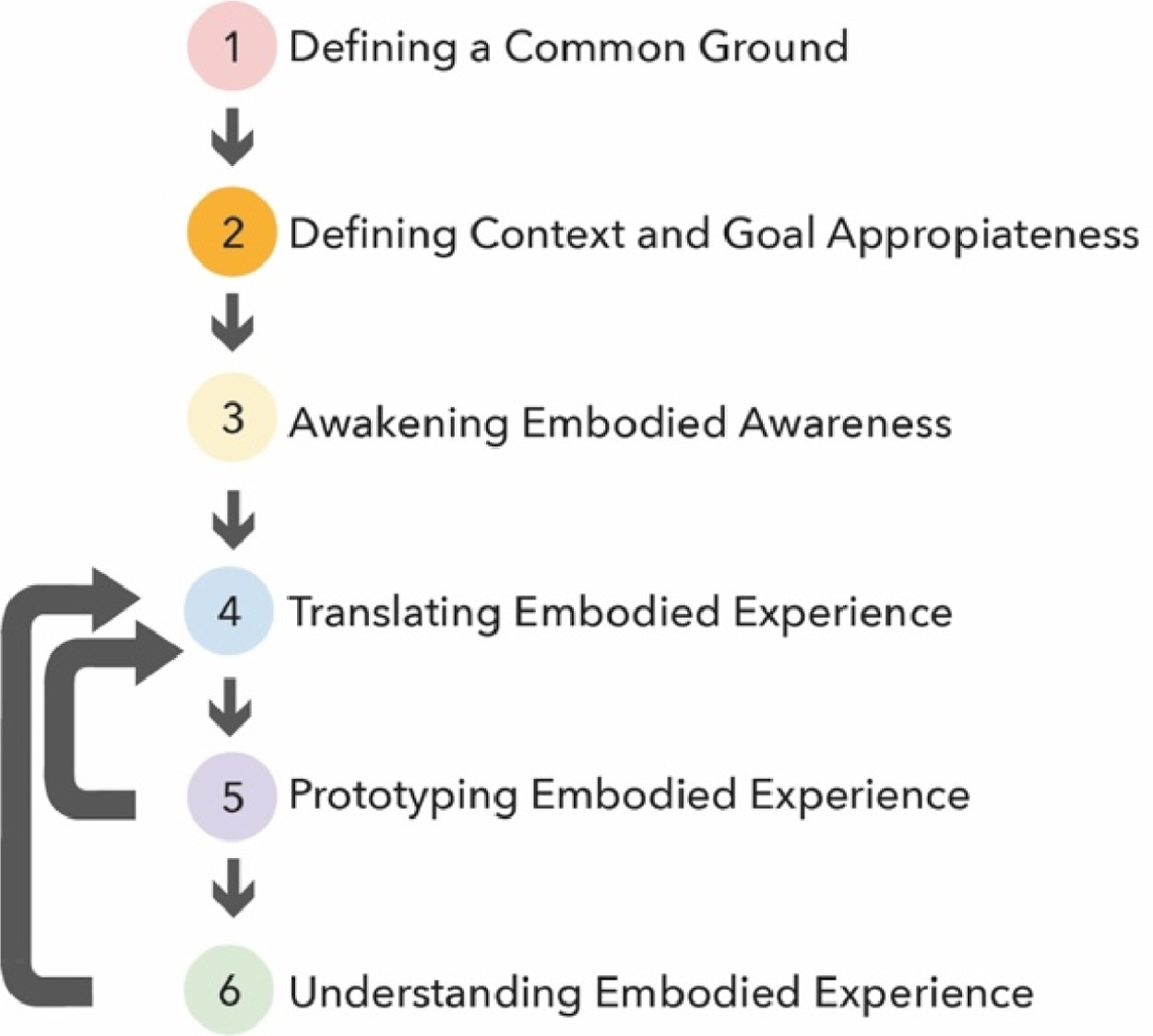Through the FUBImethod, children engage in designing full-body interactive experiences
Through the FUBImethod, children engage in designing full-body interactive experiences
Developed by the team of Narcís Parés, a member of the Cognitive Media Technologies research group, with the participation of the University of Aarhus (Denmark), it describes the details of the project in an article published in the advanced online edition of International Journal of Human-Computer Studies.

Narcís Parés, a member of the Cognitive Media Technologies research group of the Department of Information and Communication Technologies (DTIC) at UPF, is working on a research line known as “full-body interaction”. At his laboratory, he designs different applications based on such interaction in order to study the mediation of experiences.
In these contexts, FUBImethod represents a new user-driven design approach. Developed by the team of Narcís Parés, Marie-Monique Schaper and Laura Malinverni, and with the participation of the researcher Ole Sejer Iversen of the Center of Advanced Visualization and Interaction at the University of Aarhus (Denmark), the authors present the FUBImethod in an article published in the advanced online edition of International Journal of Human-Computer Studies. A methodology in which children are involved in the process of designing interactive experiences based on full-body interaction.
FUBImethod a six-stage strategy
“In this paper, we present the FUBImethod, a six-stage strategy for co-designing interactive experiences based on full-body interaction. Our aim is to involve children in the processes of participatory design to give them a say in the design process and to benefit from their natural playfulness and expertise in movement”, states Parés.
The FUBImethod described in this paper proposes a set of clearly defined steps to help interaction designers to guide interdisciplinary design teams (interaction designers, educators, experts on specific subjects, etc.) including children to understand the role of the interaction experience and make justified use of full-body interaction to make the most of its properties.
Strengthening the children’s perspective in the creative process, co-design
For this research, the authors proposed an experiment in which they contrasted the views of experts in interaction design and education professionals (teachers, museum guides, etc.) in the planning of a guided tour of a museum. It involved the participation of 12 adults and 40 children (18 girls and 22 boys). The authors highlighted how stereotypes of children influence when planning the activity. More specifically, they detected significant differences between the expectations of the designers and those of the educators.
Interaction design experts consider the analysis of children’s interests and behaviour as the starting point of any activity design process
“To some extent, educators believed that children should only “learn from us”, while the design experts also assumed that we could “learn from children”, Parés explains. Often, guided tours and learning materials used in museums are content-based and are devised from top to bottom. Conversely, interaction design experts consider the analysis of children’s interests and behaviour as the starting point of any activity design process.
This approach allows designers to go beyond the surface level of content-based ideas, sensitizing the body and space, and proposing techniques that help the design team to understand and incorporate the specific qualities that comprise full-body interaction. “We propose strategies to strengthen the children’s perspective in the creative process so that by common agreement we can achieve suitable interactive experience design goals and options”, they add.
Throughout the article, the authors describe the processes of co-design with the participation of a diverse, cross-cutting team of people working jointly with this method: “interaction design experts”, “field experts”, educators, museologists, etc. and “expert users”, in this case children. The authors analyse how the FUBImethod can contribute to research on full-body interaction, finally suggesting how other areas of research might benefit from this methodological approach.
Related work:
Marie-Monique Schaper, Ole Sejer lversen, Laura Malinverni, Narcis Pares (2019), “FUBImethod: Strategies to engage children in the co-design of Full-Body interactive experiences”, International Journal of Human-Computer Studies, Vol. 132, desember 2019, pp. 52-69. https://doi.org/10.1016/j.ijhcs.2019.07.008

